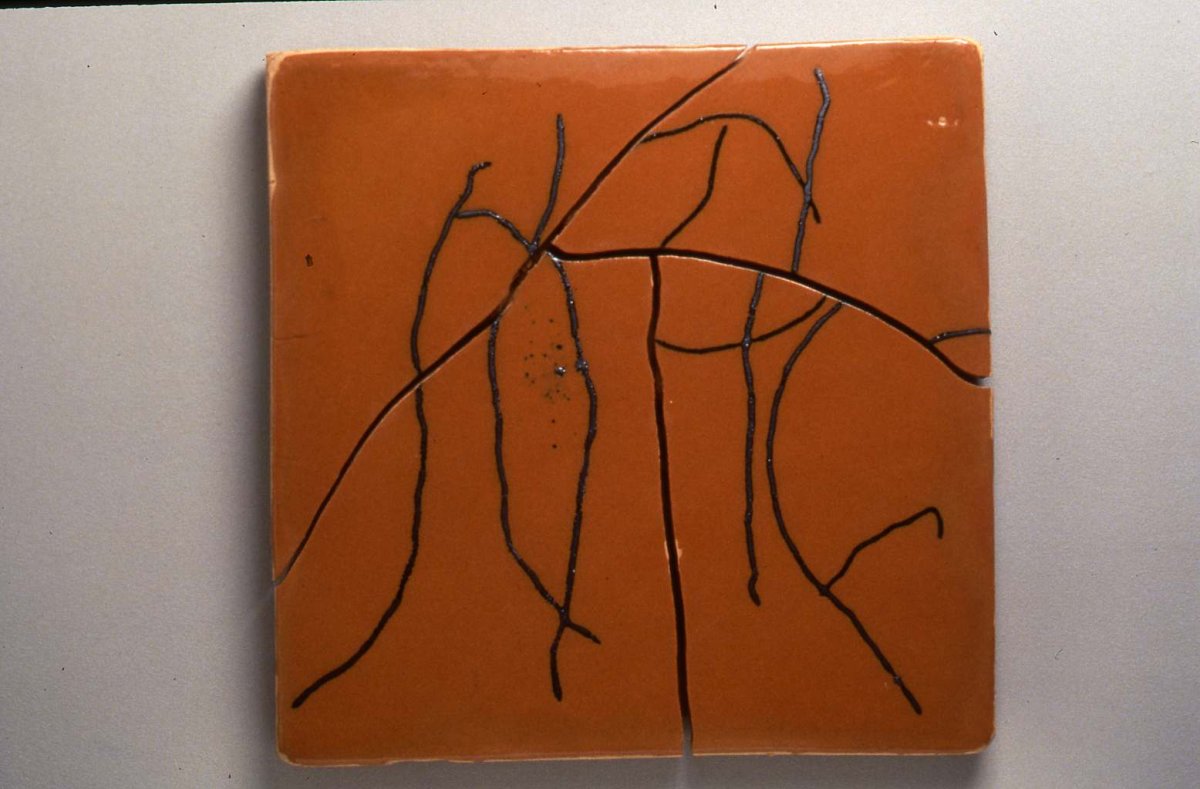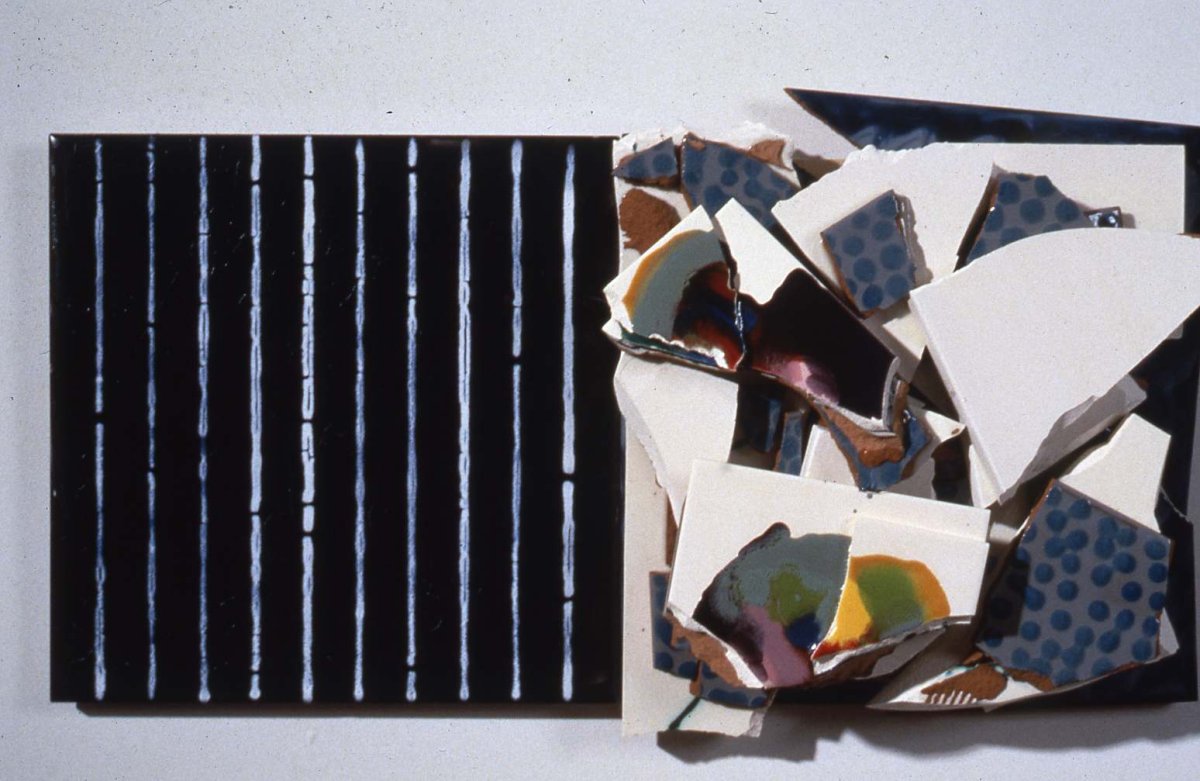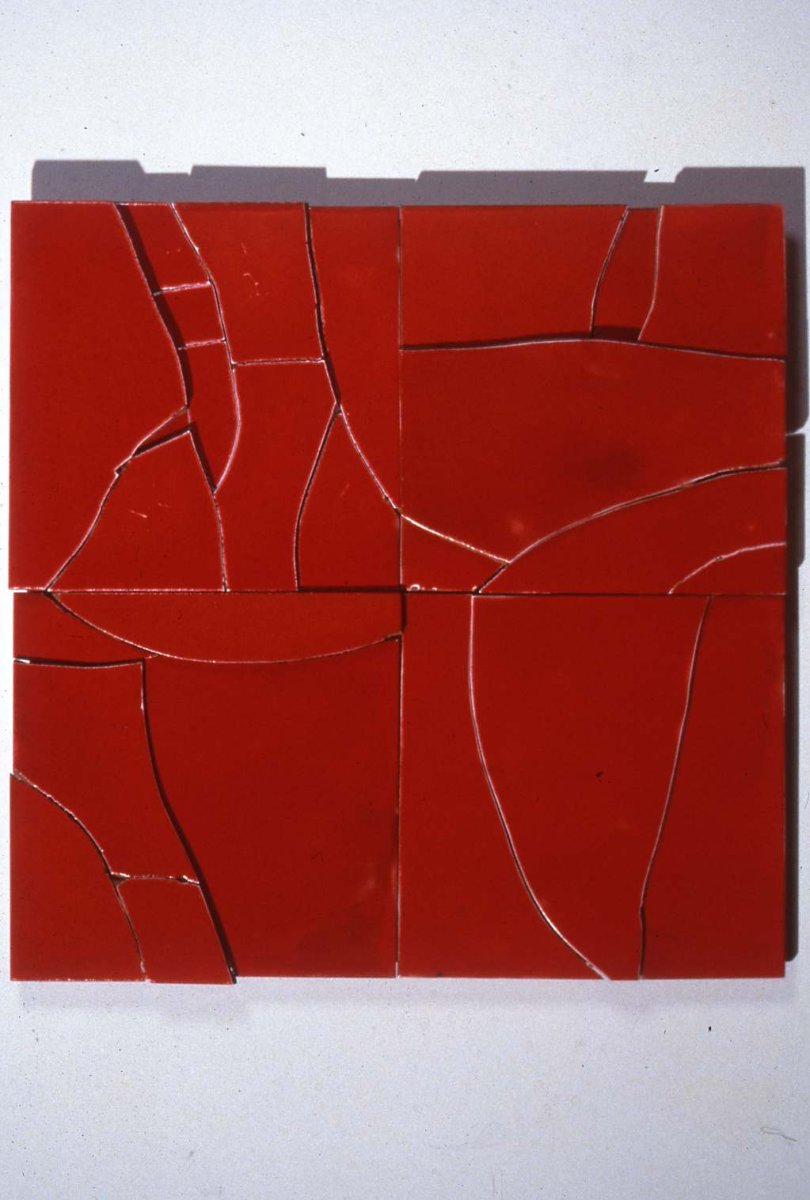Remembering: Jim Melchert
Jim Melchert was born in New Bremen, Ohio in 1930 and graduated from Mansfield High School in 1948. He went on to earn a BA in art history from Princeton University in 1952, at which time the United States was in the midst of the Korean War. He declared himself a conscientious objector, which allowed him to engage in alternative service by teaching English in Japan. It was there that he met his wife, Mary Ann Hofstetler. In 1956 they moved back to the U.S. with their children, and Jim went on to earn his MFA in painting from the University of Chicago. He took a teaching position as the only art instructor at Carthage College, which required him to teach ceramics. This prompted him to enroll in a summer class in Missoula, Montana to develop his skills in the medium. The course was taught by Peter Voulkos, who made such an impression on him that Melchert moved his family to California to become Voulkos’ studio assistant. He also enrolled at UC Berkeley to pursue a second master’s degree in design, which he completed in 1961. Melchert then took a position as an instructor in ceramics and sculpture at the San Francisco Art Institute from 1961–1964, after which he joined the faculty at UC Berkeley where he taught until his retirement in 1994.
Initially, his work reflected Abstract Expressionism's aesthetic, influenced by California artists like Peter Voulkos, John Mason, and Michael Frimkess. His work also gave a nod to the California Funk movement, as evidenced by work in the Clayworks: 20 Americans exhibition at the Museum of Contemporary Crafts. He began to produce more conceptual work in the 1970s. One of his most notorious performance pieces was “Changes” produced in 1972 at the Hetty Heisman Studio in Amsterdam. Melchert and several other Dutch participants immersed their heads in wet clay slip, and then were led to benches where they allowed the slip to dry and crack. Following his retirement from teaching he worked prolifically in creating sculpture, primarily large-scale wall installations utilizing commercially purchased ceramic tiles, which he would intentionally break by dropping them from a short height. He would then use the cracked pieces to create dynamic abstract patterns. He continued with his sculpture work until 2022.
During his teaching career at UC Berkeley Melchert took two long leaves. The first was in 1977, when he became the first artist to head the Visual Arts division of the National Endowment for the Arts. The second was in 1984 when he was selected to be the director of the American Academy in Rome. He received numerous awards throughout his career, including being named an Honorary Fellow by the National Council on Education for the Ceramic Arts (NCECA), the Citation for Distinguished Service in the Visual Arts from the National Association of Schools of Art and Design, and two honorary doctorate degrees from the San Francisco Art Institute and the Maryland Institute College of Art. He was elected an Honorary Fellow by the American Craft Council in 1988. His works can be found in the collections of the Museum of Arts and Design, the Victoria and Albert Museum in London, the Nelson-Atkins Museum of Art in Kansas City, the San Francisco Museum of Modern Art, and the Rhode Island School of Design, among others. The Smithsonian Archives of American Art holds his archives and two oral history interviews from 1991 and 2002.
Three articles that Jim Melchert wrote for Craft Horizons magazine can be found in the ACC Library & Archives Digital Collections:
‘A’ Made 4 Lbs. Lighter (left); Prototype (right), 1969, earthenware, urethane, 21 x 22 inches.
Precious ‘A’ II, 1969, earthenware, glazes, lustres, 7 inches high.
Still Life With Ashtray, 1968, earthenware, 11.5 x 13.5 inches.

Putting 2 & 2 Together, 1968, ceramic, 4 x 4 x 4 inches.

Wet Over Dry, 1995, glazed earthenware, 12 x 24 inches.

Copper Where It Ends, 1991, glazed Mexican paver, 15.5 x 15.5 inches.

Ticket to the Opera, 1995, glazed earthenware, 14 x 24.5 x 4 inches.

Squared Circle, 1995, glazed earthenware, 24 x 24 inches.
EyeSites / Are, 2008, broken porcelain and graphite, 54 x 108 inches. Photo: Alice Shaw



